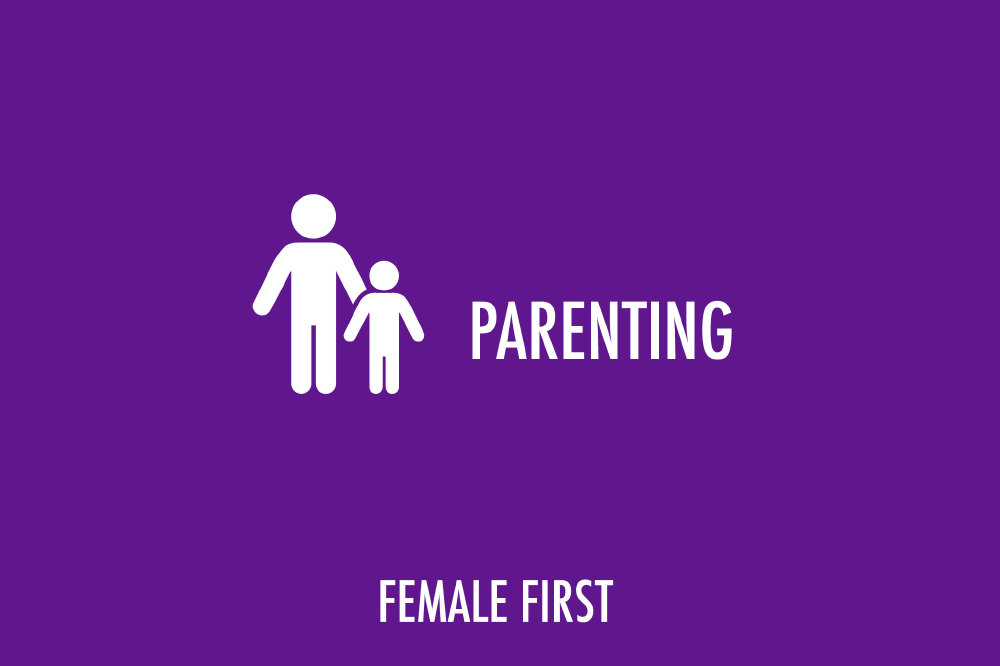by Dame Jane Roberts, medical doctor, psychiatrist and Living Streets’ Chair

Prasit Rodphan / Alamy Stock Photo
While a generation ago, 70% of children walked to school, now less than half do, despite most living within a two-mile radius of their closest primary school.
This has negative consequences for children’s mental and physical wellbeing, their independence and road safety skills, traffic and congestion, and noise and air pollution.
This week is Walk to School Week and Living Streets, the UK charity for everyday walking, is helping as many parents and children as possible to experience the importance of walking first-hand, by swapping the school run for a school walk.
Here are some reasons on why it’s so beneficial for you and your children to start walking to school…
1. It’s free
Walking to and from school is completely free! Instead of using money for petrol, or paying a fare for a bus, train, or tram ride, walking your child to school can help save some money, while getting yourself and your children active and healthier in the process.
2. It has multiple physical and mental health benefits
Walking to school has great health benefits – not just for children, but also for parents and carers too! It enables both you and your children to get out in nature, enjoy the fresh air, and get some exercise.
The UK’s Chief Medical Officers recommend that children should undertake 60 minutes of exercise a day for a healthy and active lifestyle. A 20-minute walk to and from school as part of a daily routine is an easy and accessible way to contribute to this.
Walking helps to prevent long-term chronic physical health conditions such as certain cancers, type 2 diabetes, and heart disease, and improves the management of existing conditions. It’s also been shown to reduce the likelihood of developing heart and lung conditions including high blood pressure. In fact, direct NHS savings from an increase in urban walking and cycling have been estimated at £17billion over 20 years.
Supporting your children to be more physically active from a young age instils positive lifelong habits, and increases the likelihood that they will continue to be physically active as adolescents and adults.
Walking is not only good for children’s bodies, but also for their mind and mood. Over half of parents interviewed in 2016 said that their child’s mood always or sometimes improves after walking to school (OnePoll, 2016).
It’s also been shown that children who walk to school arrive feeling more refreshed, alert and ready to learn, with their behaviour and concentration also improving.
Walking stimulates the release of neurotransmitters and brain chemicals, including endorphins, oxytocin and serotonin. These trigger positive and happy feelings, and helps improve mental wellbeing, and reduces stress and anxiety. Given the worrying statistic that 15% of children aged 10-15 demonstrate symptoms of mental ill health (ONS, 2018), the potential mental health benefits of encouraging your children to walk to school from a young age are significant.
3. It aids connection with people and planet
Walking is a fantastic way for children to relax and connect with the world, and those around them.
On the walking route to school, you should encourage your children to take time to absorb the sights, smells and sounds they encounter, and keep count of how many different interesting things they see on the way. This not only helps your children have a better understanding of their local area, it can also redirect their mental awareness to the environment; this quietens their mind and focuses it on the present moment to instil a sense of calm. This helps to reduce heart rate, blood pressure and muscle tension.
A walk to school can also help children connect with other people and aid social development. They can interact with friends that they’re walking with or see on the journey, or even others in the area by giving a friendly smile or saying hello to a passer-by.
By walking with your children, it allows you as a parent to spend quality time with your child, giving them a positive avenue to express their thoughts, for you to provide emotional support, and help reduce any feelings of loneliness and isolation. To make the walk more enjoyable and develop interaction and engagement, try taking some pictures of you and your children along the way on a camera or mobile phone, to capture some long-lasting memories together.
4. It’s great for the environment
Aside from the multitude of health and wellbeing benefits for both parents and children, walking to school can also ultimately help the environment. The school run alone is responsible for generating half a million tonnes of CO2 per year, contributing to carbon emissions and air pollution, as well as road congestion. By swapping a short car journey for a short walk to school, you can help to safeguard the planet with cleaner air and clearer roads.
RELATED: Easy ways to build walking into a parent and child’s daily routine

Tagged in School

